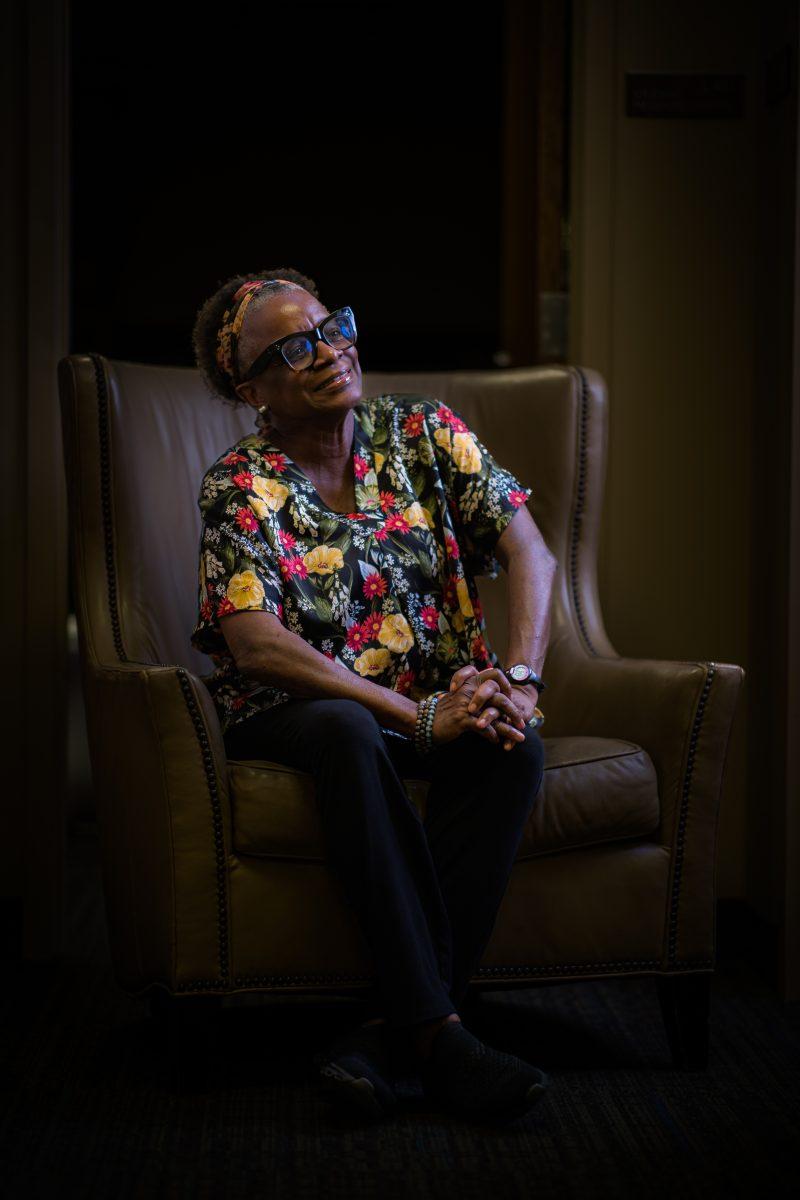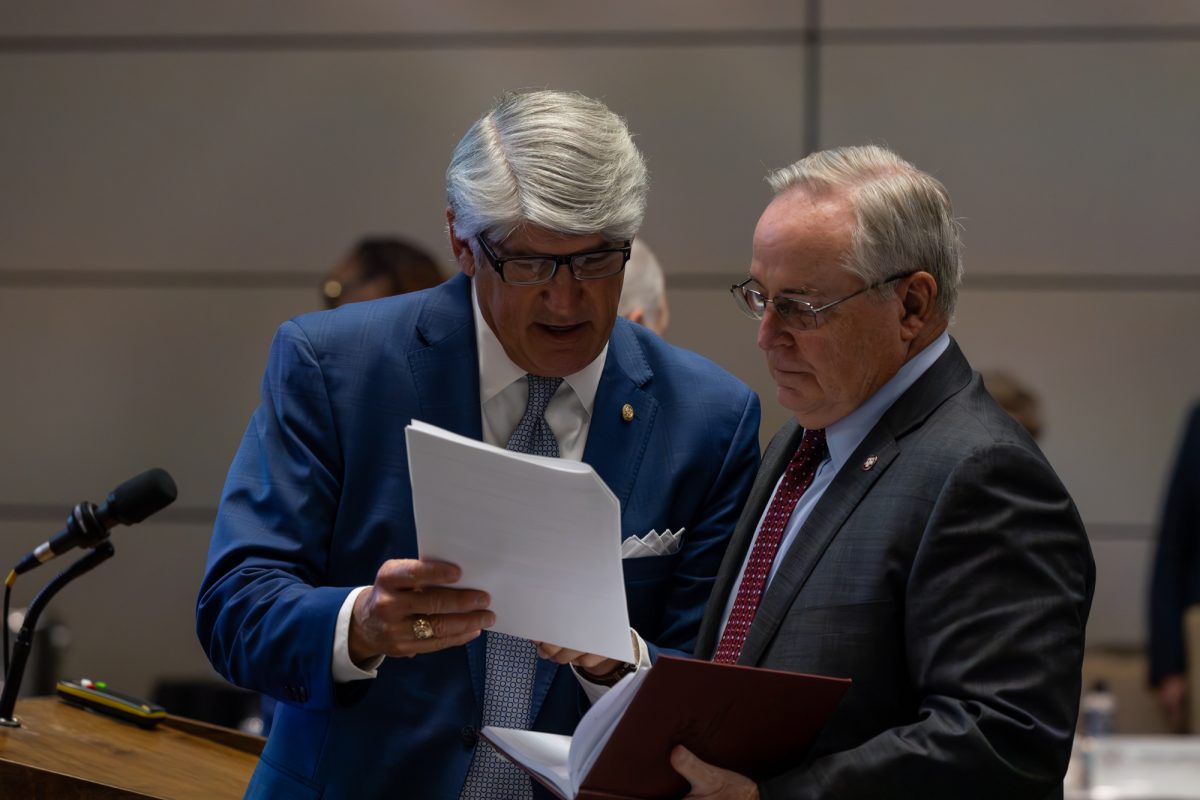After more than 20 years without a journalism program, Texas A&M is making an effort to bring it back. Kathleen McElroy, Ph.D., who has been chosen to lead the revived school, has big plans.
McElroy, who spent over two decades as a professional journalist, said she was inspired to go into journalism education during her tenure at The New York Times.
“I was working on The [New York] Times web desk, and I was working with these amazing young people,” McElroy said. “They were young people who were so smart … I was already thinking about winding down my career, so I thought, I’ll get a Ph.D. … I love doing a little bit of research, but I really love being an administrator.”
Regarding her goals as the incoming director of A&M’s journalism school, McElroy said she aims to consult students, faculty and journalism professionals to develop an ambitious vision.
“I really have to talk to you all,” McElroy said. “I’ve got to talk to faculty, and I’ve got to talk to people in the industry. But, there’s some really obvious, big goals.”
As director of the program, McElroy said she aims to modernize the journalism curriculum in accordance with A&M’s identity as a scientific powerhouse.
“[A&M] is a top research institute,” McElroy said. “How can we make journalism be more of a part of that? The term I use is that there will be no accidental journalism majors. So if you’re here, you’re gonna learn data, you’re gonna learn coding. The whole idea is that, let’s make use of what’s here, so that [journalism graduates] are really competitive and attractive to places that are going to be looking for more from journalism majors.”
The new journalism school, McElroy said, should effectively connect students with major media outlets.
“That’s another goal: more collaboration with publications on and off campus, and with publications all around the state,” McElroy said. “Making sure there’s a relationship with places like New York and the West Coast and, you know, I say Austin, not that I want to turn this into U.T. East, but you know, Texas Monthly is there. [The] Texas Tribune is there. Making sure that if I can’t bring you all there, that they come down here and see what we have.”
Another goal, McElroy said, is that A&M’s journalism department should benefit the surrounding area.
“We can produce journalism that serves communities,” McElroy said. “If, you know, Caldwell, if there was some story that needed to be done about Caldwell, we should be able to put [students] out there, and [they] can produce it.”
Despite journalism programs across the country declining in number, McElroy said students in the A&M program can thrive by presenting a complete range of opportunities in the field to students.
“[We’re] not the school of printing, [we’re] the School of Journalism,” McElroy said. “Not everybody who is in this major is going to go into journalism or working [at a newspaper], but it’s great that [they] have these skills, and [they] can put them anywhere. If you want to go someplace that’s going to pay you more money than the newsroom, awesome. If you do want to work in a newsroom, we’re going to make sure that you can find your spot,”
The job options available for journalism graduates in the modern media environment, McElroy said, range far beyond the traditional journalist position.
“It could be data,” McElroy said. “It could be audience [engagement], you know, like The New Yorker has people who work in audience, it could be working on games — I’m obsessed with games that are in, you know, The New York Times, or The Washington Post — or things that are like NPR and podcasts and all that.”
While the goals and possibilities outlined by McElroy present the modern field of journalism as a very broad discipline, McElroy said the mission of the school will maintain its identity as all subfields of journalism have something in common.
“We’re all telling truth-based stories in different ways,” McElroy said. “Even if you’re a data journalist, you’re taking that data, which means nothing to 99% of people, and you’re gonna make it tell a story.”
McElroy said she is looking forward to working with groups across campus.
“I don’t want to say we’re gonna work with this department or that department because I need to talk to those folks,” McElroy said. “But, clearly we want to work with people who are in visualization, we want to work with people in data.”
McElroy said a crucial part of her plan as the incoming director is making herself available to the A&M community.
“I am going to be in my office, I’m gonna be walking around, I’ve always had an open door policy, wherever I am,” McElroy said. “I want to hold listening sessions, I think, is what a lot of people call them … maybe [they’ll] involve food and cookies.”
The new journalism school, McElroy said, will hopefully train professionals who provide an essential service for society.
“This isn’t an unnecessary profession,” McElroy said. “I know your parents and your friends might think there aren’t jobs — there are — they might think that [journalists] are evil people, and biased. We’re not. To me, I think we’re like nurses for democracy. We’re needed like that.”










